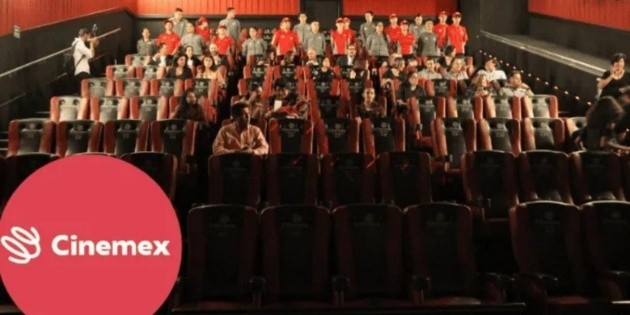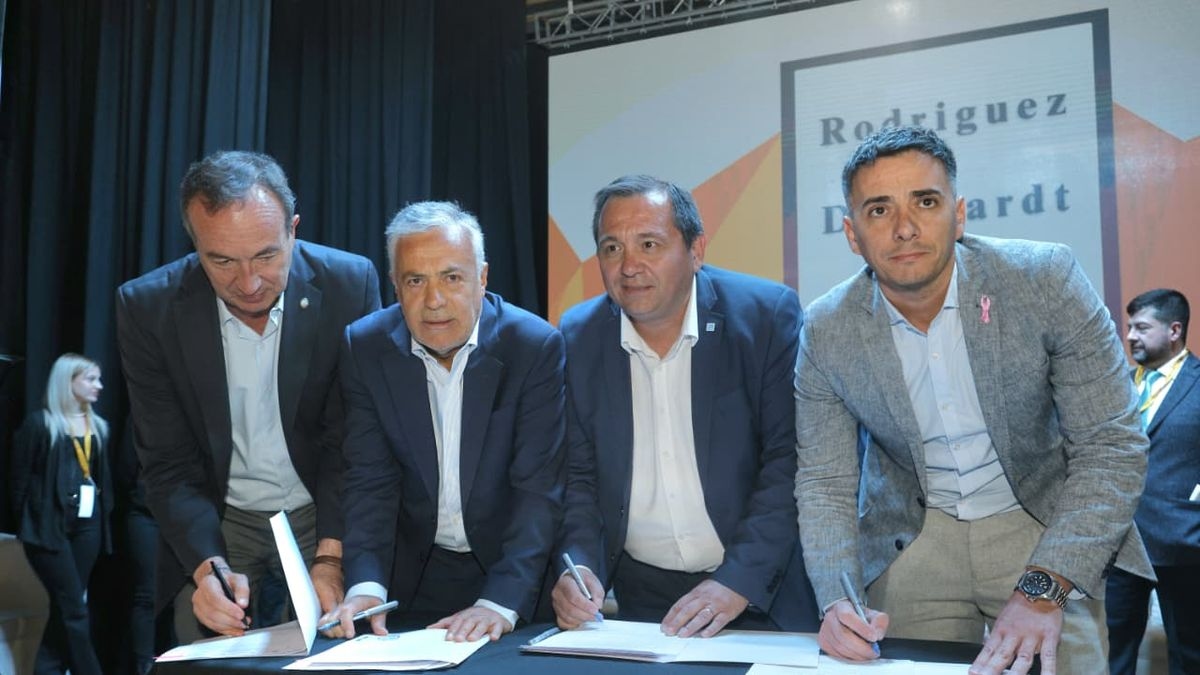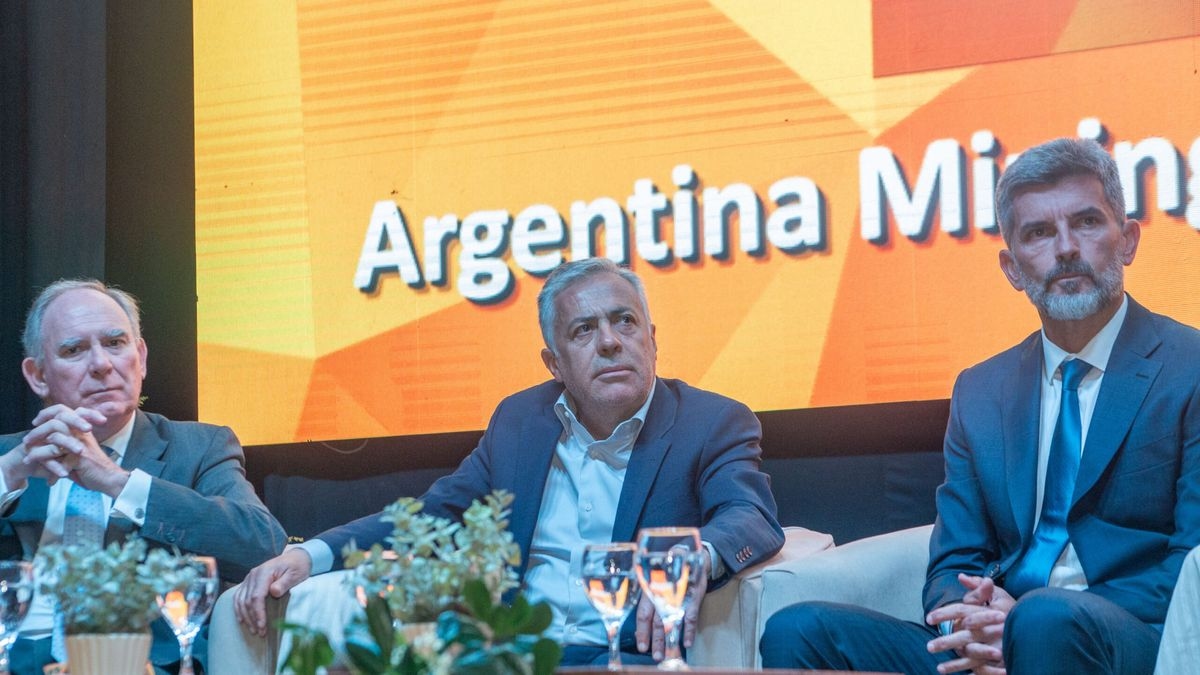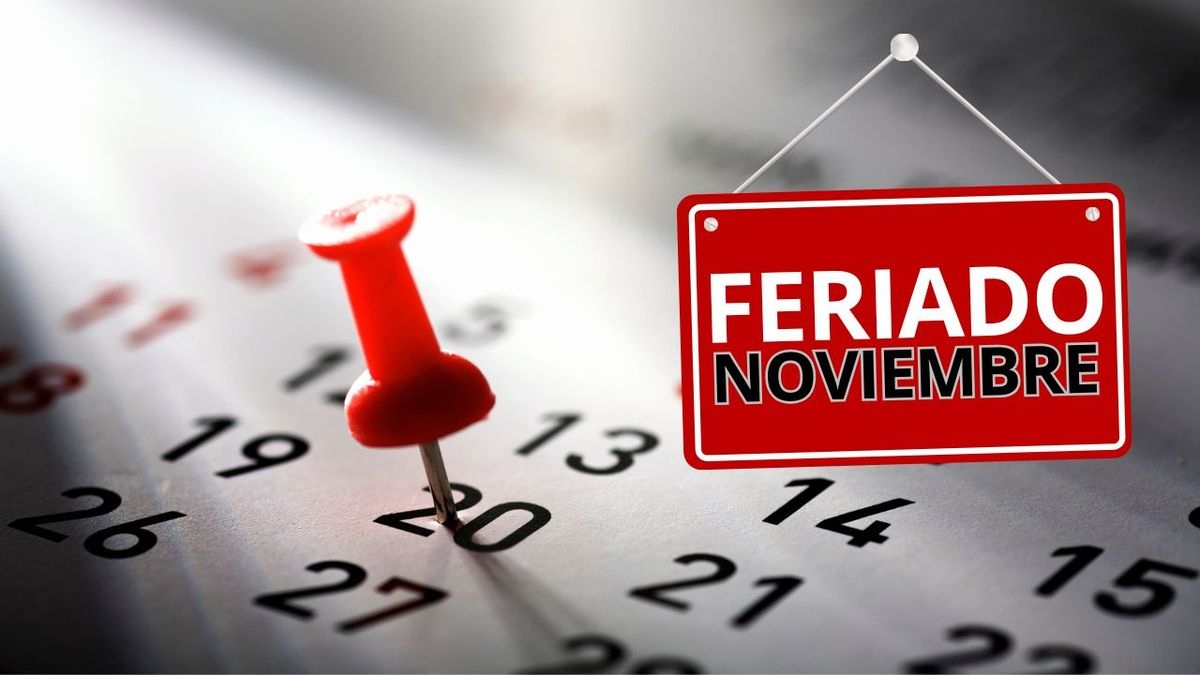On Aconcagua Radio, the campaign for World Stroke Day
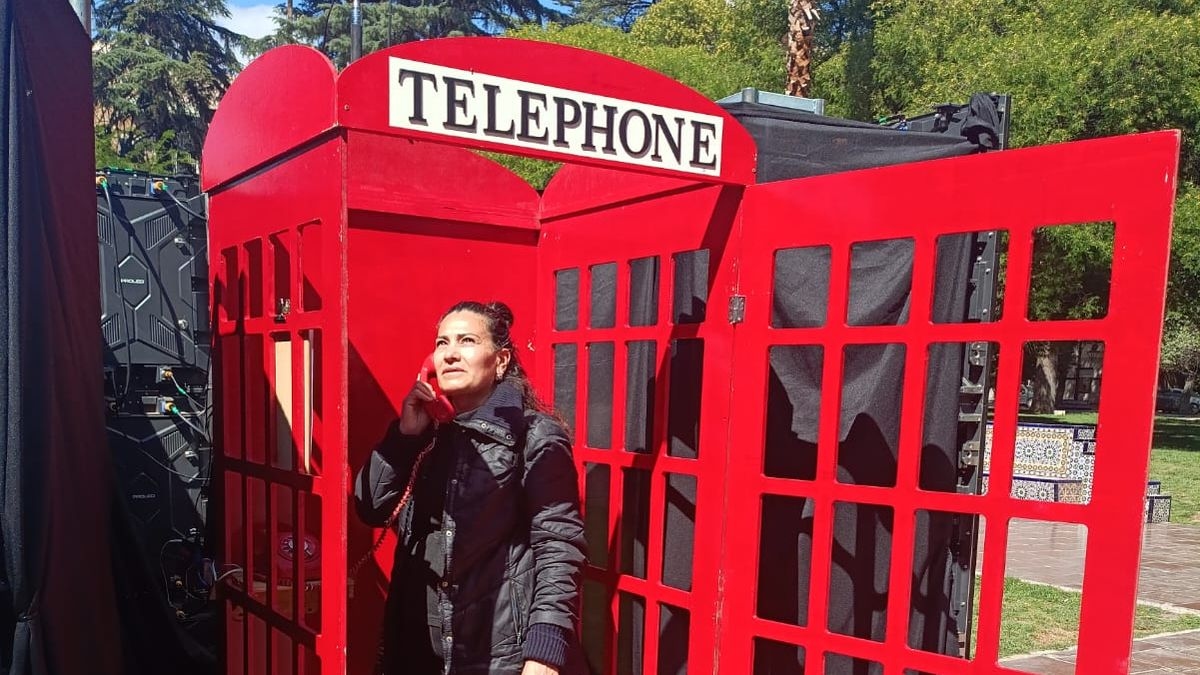
In observance of World Stroke Day , the team from the Central Hospital of Mendoza held an awareness event in Plaza España , where they set up an interactive booth and a countdown clock. The initiative aimed to highlight a key message: every minute counts when it comes to a stroke.
Our reporter Emilio Medina spoke with Dr. Santiago Pigretti, a neurologist and coordinator of the Stroke Unit at the Central Hospital, who emphasized that this date is an opportunity to bring information to the community and promote a quick reaction to the first warning signs.
“Today is a very important day for raising awareness. Both medical societies and professionals are reaching out to the public to explain the symptoms of a very common disease, where neighbors, friends, or relatives play a fundamental role in the care chain,” explained Pigretti.
According to data from the Mendoza Ministry of Health , approximately 2,000 strokes are recorded annually in the province. Nationally, estimates indicate between 50,000 and 60,000 cases per year, making it one of the leading causes of disability and death in adults.
The specialist explained that the symptoms can vary depending on the area of the brain affected, but there are signs that should trigger an immediate alarm.
“If a person suddenly starts experiencing facial drooping to one side, difficulty lifting an arm or leg, or problems speaking—either because they can't articulate words or because they can't get them out—that could be a symptom of a stroke. The important thing is that it happens suddenly: going from being well to not being well in a matter of seconds,” he explained.
He insisted that any of those signs should be checked quickly.
Time is brainOne of the central themes of the day was to emphasize the importance of reaction time. In the words of Dr. Pigretti:
“Time is of the essence. It is estimated that for every minute that blood does not reach the brain, two million neurons die. That is a huge number. The treatments available today are effective, but their success depends on prompt care. The sooner we can treat the patient, the less brain damage and the lower the risk of death.”
Therefore, current strategies are focused not only on improving treatments, but also on reducing the time between the onset of symptoms and medical attention.
Advances in medicine and pending challengesThe neurologist highlighted that in recent decades there has been great progress in stroke care, both in diagnosis and in therapeutic possibilities.
“Twenty-five years ago, we didn't have the tools we have today. Revascularization treatments, hemodynamic procedures, and the organization of specialized systems have allowed us to reduce the impact and the long-term effects. But the biggest challenge remains the delay: the main reason a patient doesn't access treatment is that they arrive at the hospital too late,” he emphasized.
Dr. Pigretti also noted that between 2% and 3% of the population over 40 years of age lives with the after-effects of a stroke, which makes prevention and health education fundamental pillars of public health policy.
The event in Plaza España concluded with the participation of professionals and local residents who came to learn about early detection techniques. A symbolic gesture—a countdown clock—served as a reminder of the message that aims to resonate with the public: in the event of a stroke, every minute can save a life.
Listen to the full interview here and you can listen to the radio live at www.aconcaguaradio.com
losandes


